Is your lawn covered with pesky ant hills? Nothing spoils the look of a lush, beautiful landscape quite like carefully manicured mounds of soil scattered throughout. It’s not only an eyesore, but ants can damage plants and cause other issues across your property. If you’re tired of living with these little pests, then it’s time to take action! In this post we will discuss strategies to help you get rid of annoying ant hills in your lawn once and for all. We’ll walk you through everything you need to know – from effective treatments to possible prevention methods – so that the days of roughing up your idyllic outdoor space are done!
Table of Contents
How To Get Rid Of Ants Without Chemicals
Soapy Water
A simple solution of soapy water can be used to eliminate ant hills in lawns. The soap acts as a surfactant, which decreases the surface tension of the water and allows it to penetrate deeper into the hill and kill off the ants. To make this solution, use about 2 tablespoons of dishwashing detergent for every quart of water. Pour the mixture directly onto any visible ant hills, saturating them thoroughly. Allow the soapy water to sit for 1-2 hours before rinsing with clean water from a garden hose or sprinkler system.
Cayenne Pepper or Chili Powder
Sprinkle cayenne pepper or chili powder over affected areas in your lawn where you’ve seen ant activity. This is an effective, non-chemical control method that can help to repel the ants and discourage further activity. Reapply this solution every few days for a few weeks until all ant hills are gone. [1]
Mulch
Another easy way to get rid of ant hills in lawns is by adding mulch around the area. Mulch acts as a barrier to prevent new colonies from forming, and helps eliminate existing colonies by blocking their access to food sources. Spread mulch evenly over the affected area and water it thoroughly. Be sure to check on the mulched area periodically to make sure it stays dampened. This will also help keep your lawn looking its best!
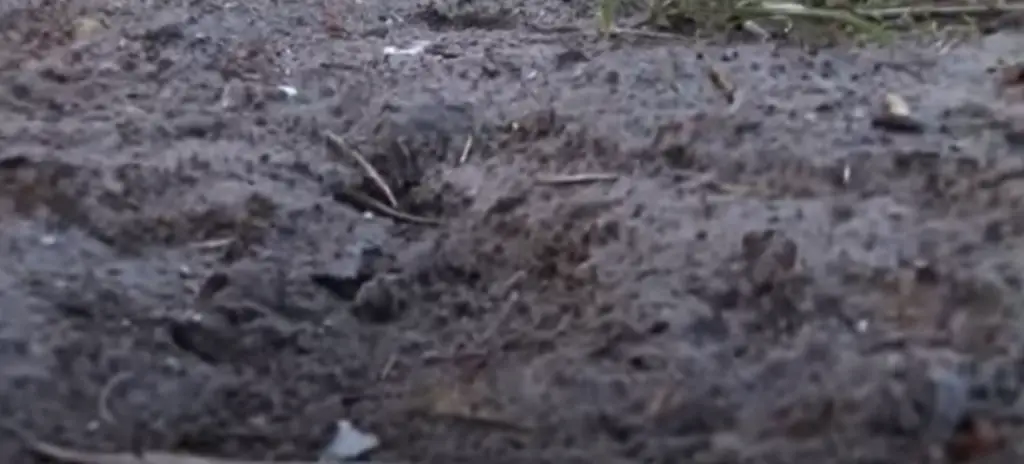
Diatomaceous Earth
Diatomaceous earth (DE) is a natural, non-toxic powder made up of the fossilized remains of tiny organisms. It works by dehydrating and killing ants when they come into contact with it, while also repelling new ant colonies from forming. To use DE on ant hills in lawns, sprinkle it around the affected area and water it thoroughly. Reapply every few days for best results.
Organic Sprays
Organic sprays like neem oil or insecticidal soap can be used to kill off ant hills in lawns without using harsh chemicals. These sprays are designed to target specific pests, so make sure you select one that is labeled for ant control. Directly spray the mixture onto the visible mounds and repeat every few days if necessary. Be sure to follow all label instructions for safe and effective use.
Boric Acid
Boric acid is a naturally occurring mineral that can be used to control ant populations in lawns. It works by dehydrating the ants, killing them off within a few days of contact. To use this method, sprinkle boric acid powder around the affected area and water it thoroughly. Reapply every few days until all ant hills are gone. Be sure to keep children and pets away from the treated areas during application and until the boric acid has had time to dry completely. [2]
White Vinegar
White vinegar is a natural and budget-friendly way to get rid of ant hills in your lawn. To use white vinegar, fill a spray bottle with white vinegar and water. Spray the mixture directly onto the mound of ants. The acidic content of the vinegar will kill off existing ants while also deterring new ones from coming back. It is important to note that this method should be used as an occasional solution only, because it may damage your grass over time if used too frequently. Additionally, you should make sure to protect any nearby plants or flowers when using the spray bottle solution. Once you have sprayed the desired area with white vinegar and water, wait for at least 24 hours before seeing results.
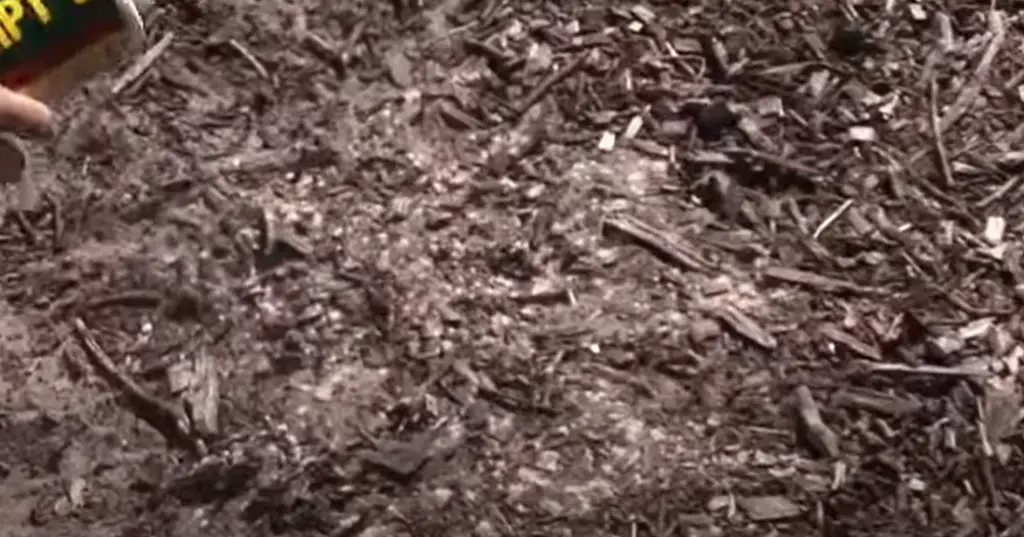
Baking Soda / Baby Powder
Baking soda and baby powder are both effective solutions for getting rid of ant hills in your lawn. To use either of these methods, sprinkle the substance directly onto the mound of ants. The baking soda will absorb moisture from the ants and kill them off while deterring new ones from coming back. You should make sure to protect any nearby plants or flowers when using this method as well. Once you have sprinkled the desired area, wait for at least 24 hours before seeing results. [3]
Boiling Water
Boiling water is a fast and easy solution for getting rid of ant hills in your lawn. To use this method, simply boil some water on the stove or in a kettle and pour it directly onto the mound of ants. The boiling water will kill off existing ants while also deterring new ones from coming back. It is important to note that this method should be used as an occasional solution only because it may damage your grass over time if used too frequently. Additionally, you should make sure to protect any nearby plants or flowers when using this method. Boiling water can also create strong odors so, if possible, try to avoid pouring it near populated areas such as patios or decks. Once you have poured the desired area with boiling water, wait for at least 24 hours before seeing results.
Drowning Ants With Your Garden Hose
If you can find where the ants are entering your lawn, you can use a garden hose to drown them out. Aim the water at the surface of the ant hill and keep it there until all activity ceases, then move on to another area. This should eradicate any ants in that particular hill but if more appear, simply repeat the process. To ensure complete eradication of the infestation, you may want to treat several areas around your lawn. Just be sure to focus on one area at a time so as not to spread them further through your yard. [4]
How To Get Rid Of Ants With Chemicals
Commercial Ant Baits
Using commercial ant baits is one of the most effective methods for getting rid of an ant hill in your lawn. Ant baits are available in various forms, including granules and gels. When using commercial ant bait products, it’s important to follow the instructions carefully to prevent over-treating or damaging your lawn.
Pesticides
If ant bait isn’t working, a pesticide may be necessary to kill the ants. Pesticides come in a variety of formulations, such as liquid or granular treatments, aerosol cans and even dusts that you can sprinkle directly on an anthill. Be sure to read all labels before applying any pesticides; some products are not recommended for use around children or pets.

Lawn Care To Prevent Ants
In addition to actively removing ant hills in your lawn, you should also take steps to prevent them from forming in the first place. Good lawn care is key here. Mow your grass regularly and keep it at a length of two to three inches. This encourages deep roots and healthy growth which will help discourage ants from taking over your yard. As well, clean up any debris or excess organic material that could provide food or shelter for ants. Finally, water your lawn properly and fertilize as needed for optimal health that can help ward off unwanted pests like ants.
By following all these tips, you’ll be on your way to having a lush green lawn free of pesky ant hills! [5]
About Ants
Ant Colonies
Ant colonies are made up of a queen, workers and drones. The queen is the leader and primary reproducer of the colony while the workers are females that do all of the work such as searching for food, caring for eggs, tending to larvae and building tunnels. Drones are males whose sole purpose is to mate with the queen. The most common type of ant hill seen in lawns is formed by pavement ants or other species known as mound builders which make large piles of dirt on top of their underground nests. Pavement ants often enter homes through small cracks in foundations or through openings around windows or doors.
To get rid of an ant hill in your lawn you will need to locate the nest and destroy it before sealing off any potential entry points.
Queen Ants
The first step in getting rid of an ant hill is to locate the queen. Queen ants are typically located at the bottom of the mound and can be identified by their size (larger than worker ants) and color (usually darker). Once you have located the queen, use a shovel or spade to dig around her to expose the nest. This will also help to expose any runways or tunnels that the worker ants may have built.
Ant Nests
Once the nest is exposed, you can use boiling water or an insecticide to kill the ants and their eggs. If using boiling water, pour it into the entrance of the ant hill and wait for a few minutes before digging up any remaining ants or eggs. If using an insecticide, read and follow all directions on the label. Once all of the ants have been killed, fill in the hole with dirt to prevent new colonies from forming.
Ant Trails
In addition to killing the ants and their nest, you also need to identify and eliminate any ant trails that are leading into your home. Ants typically leave a pheromone trail wherever they go so that other ants can follow the same path. To get rid of these trails, mix equal parts white vinegar and water in a bucket and spray it along any known or suspected ant trails outside of your home. This will help deter other ants from following the same path. [6]
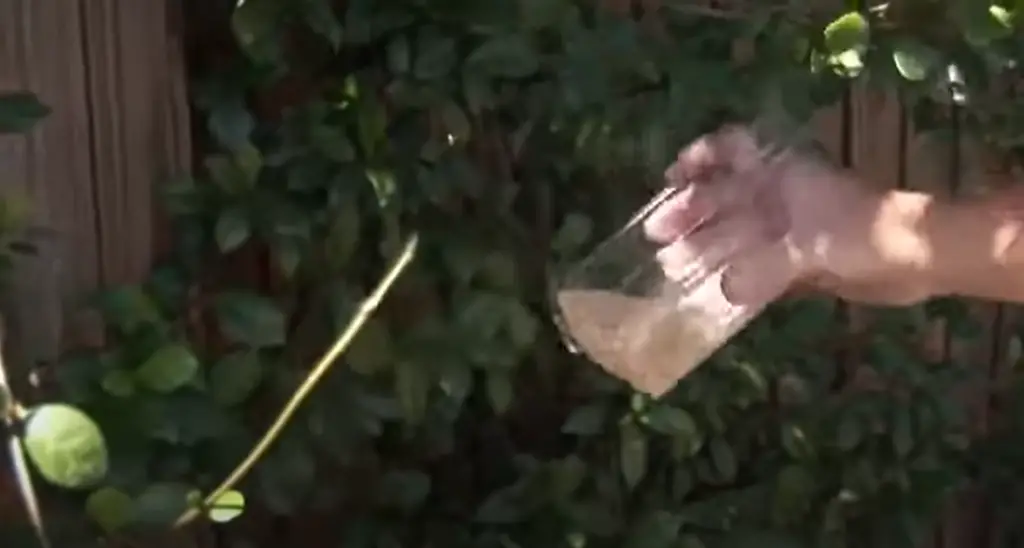
FAQ
How do I permanently get rid of an ant hill?
Permanently getting rid of an hill requires a multi-pred approach that includes using physical barriers, eliminating food, and applying chemical treatments.Physical barriers such asch or gravel can be used to prevent from accessing certain areas of your. Additionally, placing ant traps the ant hills can help to their population over time. You should also remove all potential food sources for the ants by keeping your lawn clean and free of any materials that could attract them. This includes sweeping up any crumbs or pet food from around your yard, as well as eliminating moisture that may be providing water for the ants. Finally, you can use a chemical treatment such as insecticide granules or sprays to help get rid of the ant hills.
What are natural ways to get rid of ants?
Natural methods for getting rid of an hill include using essential oils such as peppermint, cinnamon, or tea tree oil, which can be sprayed around your lawn. These oils create an unpleasant scent that discourages ants from venturing into your yard. You can also try sprinkling diatomaceous earth or crushed red chili peppers around the ant hills in order to keep them at bay. Finally, boiling water is often used as a natural way to kill off ant hills, although this process should be done with caution and supervision if children are present.
Does vinegar kill ant hill?
Vinegar is an effective ant killer and can be used to help get rid of ant hills. To do this, mix equal parts vinegar and water in a spray bottle and liberally spray the affected area. The acetic acid in the vinegar will kill the ants as well as their eggs and larvae, which will help to prevent future infestations. Be sure to reapply every few days for best results.
What is the best ant killer for the yard?
The best ant killer for the yard will depend on what type of ants you are dealing with. For most ants, a liquid insecticide such as bifenthrin or cyfluthrin will work effectively in controlling and eliminating infestations. These products should be applied directly to the mound, as well as around the perimeter of your lawn to create a barrier against future infestations. You can also use granular bait traps that contain an insecticide like boric acid or indoxacarb, which can help control and reduce ant populations over time. Be sure to read and follow all label instructions when using any pesticide product.
How deep are anthills?
Ant hills can range in depth, depending on the species of ant. Most species will dig their mound to a depth of several inches, but some may go as deep as 12 inches or more. To determine the exact depth of an anthill, you will need to use a shovel or trowel to remove it and measure its depth. Once the mound has been removed, fill any remaining holes with soil and apply insecticide according to label instructions. This should help prevent future infestations from occurring in your yard.
Useful Video: How to Get Rid of Ant Piles on My Lawn
Conclusion
In conclusion, eliminating ant hills in the lawn can be accomplished by identifying the species of ant, treating ants directly pesticides or natural repellents, and manually removing colonies. Furthermore, it is important to remember that prevention is key; keeping your lawn healthy and cutting off their food source will help prevent future infestations and keep your lawn looking great!
Nevertheless, if you find yourself dealing with an ant hill problem in your lawn, following these steps will help you regain control and ensure a beautiful landscape for years to come.
Good luck!
References:
- https://lawnlove.com/blog/pest-control-how-to-get-rid-of-ants/
- https://www.solutionsstores.com/top-8-best-ways-to-destroy-an-ant-hill
- https://thehomespunhydrangea.com/web-stories/how-to-get-rid-of-ant-hills-in-your-yard-and-garden/
- https://pestpointers.com/reasons-why-you-have-anthills-in-your-yard-removal-tips/
- https://www.gardenseeker.com/lawn-care/pests-diseases/ants/
- https://www.gardeningknowhow.com/plant-problems/pests/insects/how-to-control-ants-in-lawns.htm

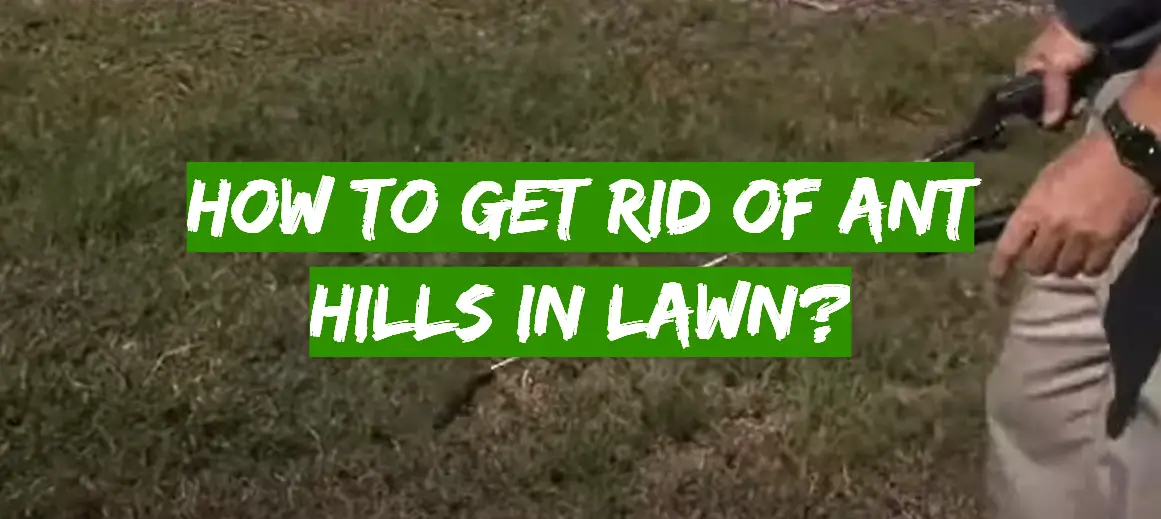


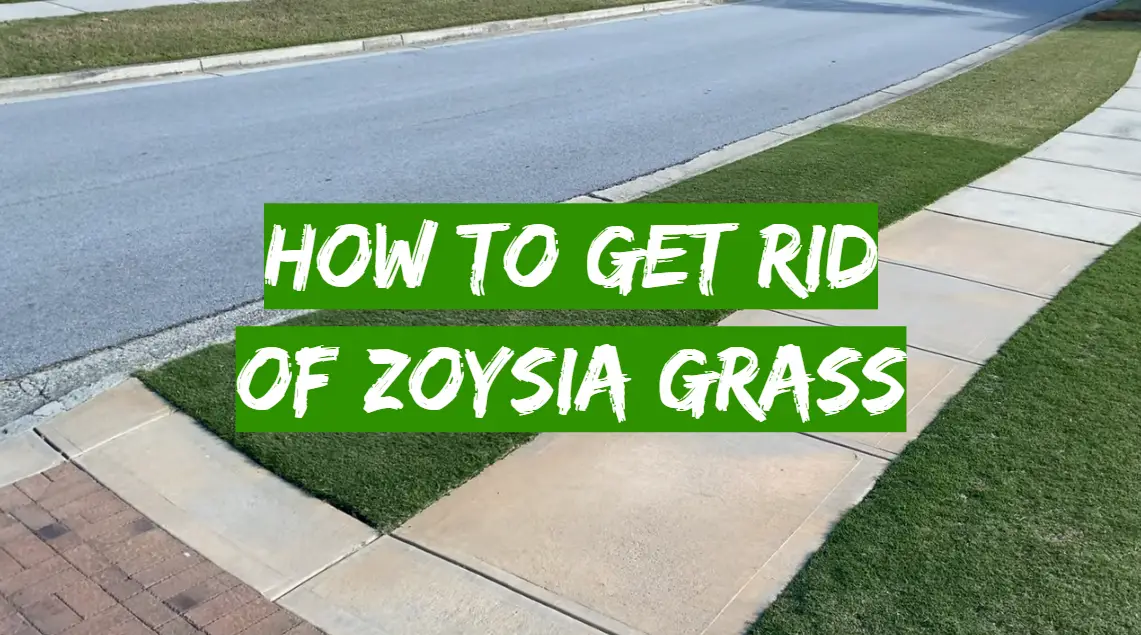
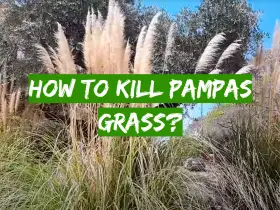

Leave a Reply
View Comments